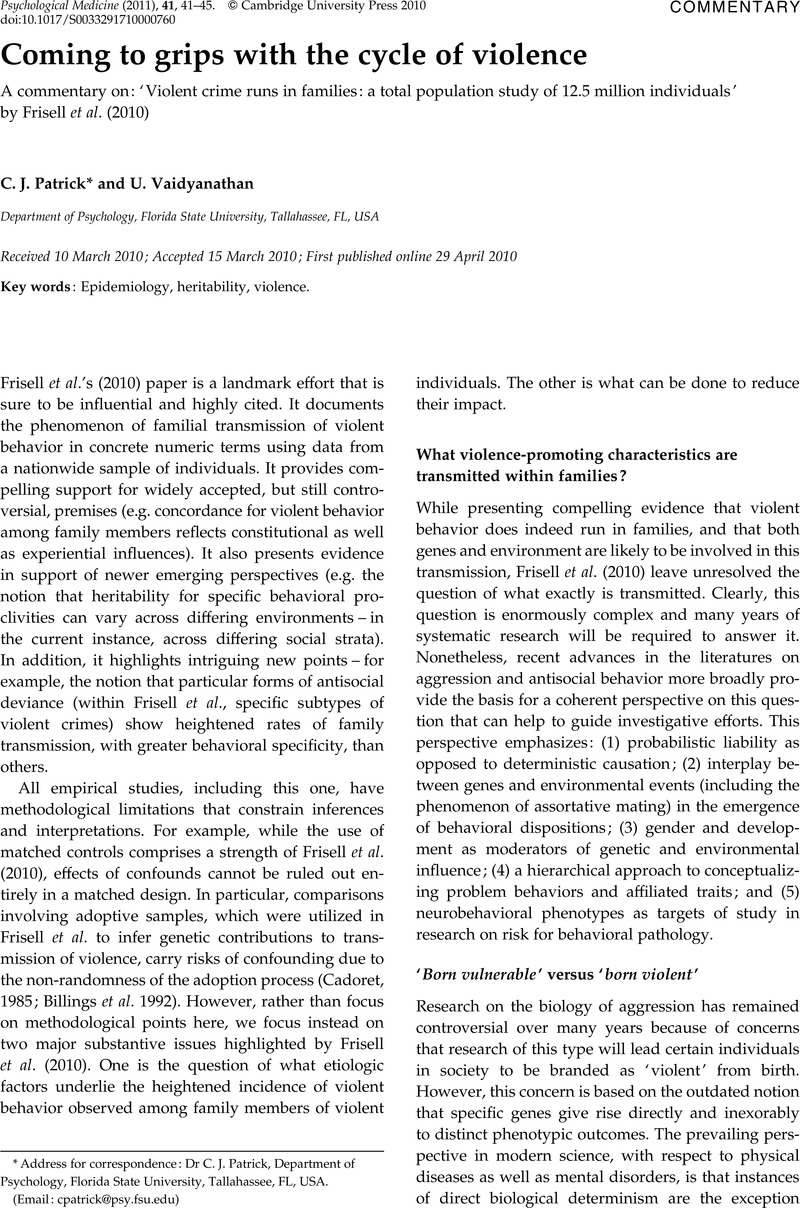Crossref Citations
This article has been cited by the following publications. This list is generated based on data provided by Crossref.
Bertoldi, Bridget M.
Perkins, Emily R.
Tuvblad, Catherine
Oskarsson, Sofi
Kramer, Mark D.
Latzman, Robert D.
Baker, Laura A.
Raine, Adrian
and
Patrick, Christopher J.
2022.
Pursuing the developmental aims of the triarchic model of psychopathy: Creation and validation of triarchic scales for use in the USC: RFAB longitudinal twin project.
Development and Psychopathology,
Vol. 34,
Issue. 3,
p.
1088.
Magarotto Machado, Gisele
Pereira da Silva, Maynara Priscila
Sellbom, Martin
Hauck-Filho, Nelson
and
de Francisco Carvalho, Lucas
2024.
Validity of the Expanded Levenson Self-Report Psychopathy (E-LSRP) in a Brazilian Sample: Factor Structure, Construct Validity, and Associations with the
Brazilian Jeitinho
.
Deviant Behavior,
p.
1.



